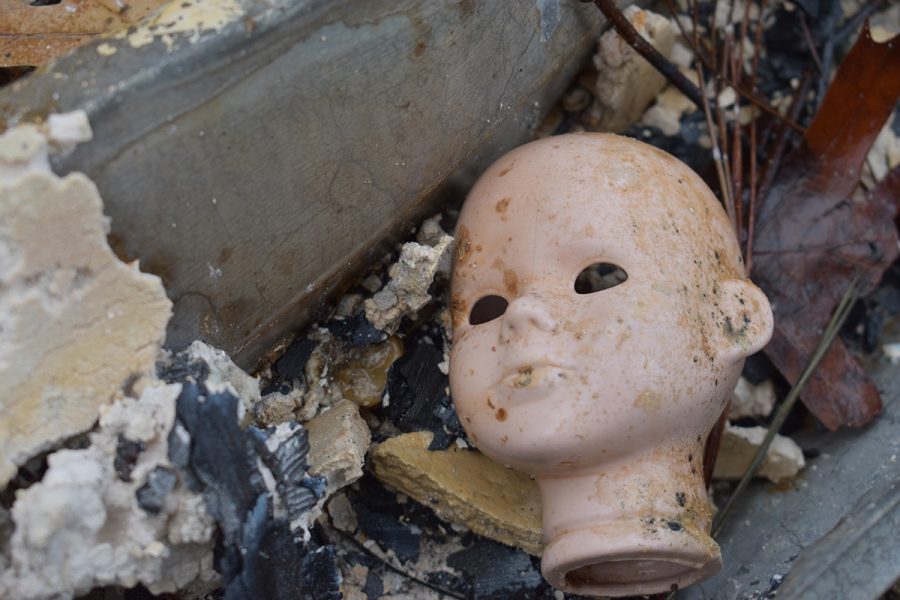
St. Patrick’s Day: a day filled with shamrocks, leprechauns, people dressed up in green and pinches for those who aren’t.
These facets of St. Patrick’s Day each have their own specific meanings, which may have been lost over the years.
“We celebrate St. Patrick’s Day to celebrate and honor St. Patrick,” said Riley Wood, a senior business major. “As a kid, I always thought St. Patrick’s Day was a day that we try and catch leprechauns because that’s what we did in school.”
The day was traditionally a religious holiday in which Ireland celebrated the life of St. Patrick, who on died on March 17 in the year 461. He was brought to Ireland as a slave at the age of 16 but later managed to escape. He is now the country’s patron saint who ministered Christianity throughout Ireland during the fifth century.
St. Patrick is remembered through all of the symbols that are used on St. Patrick’s Day, each one having its own special meaning.
Green
Melissa Fulk, a senior nutrition and food science major, thinks that the reason the color green is associated with St. Patrick’s Day is because Ireland is known for its greenery.
“Whenever I think of the color green, I automatically think of St. Patrick’s Day and of Ireland,” Fulk said.
However, according to the Christian Science Monitor, blue was the color that was first associated with St. Patrick’s Day, but it was changed to green in the 17th century. Green is one of the colors in Ireland’s three-color flag. Ireland is also nicknamed the “Emerald Isle” because of its lush green landscape.
Pinching
Pinching people for not wearing green is an American tradition that started sometime in the 1700s. In American tradition, leprechauns pinch people, so many thought that wearing green made them invisible to leprechauns.
Kassandra Bednarski, a sophomore international relations major, proves that not all people believe in the American tradition.
“I think they pinch people who aren’t wearing green because they aren’t respecting the holiday,” she said.
Leprechauns
In Irish folklore, leprechauns are male fairies that are said to be shoemakers who hide their gold away at the end of rainbows. Leprechauns used to wear red, but in the 20th century, green was associated with the Irish culture and the color changed.
Kelly Carey, a senior graphic design major, is one-fourth Irish but doesn’t really know why leprechauns are associated with St. Patrick’s Day.
“They wear green and are said to be good luck,” Carey said. “I think they have a pot of gold or something.”
While St. Patrick’s Day has many different symbols and interpretations, it all started with one man and his efforts to bring Christianity to Ireland. Taking the time to remember the true meaning of a holiday can help to ensure that its legacy lives on. People celebrate in their own ways and have their own traditions, which makes the holiday special.
“I like corned beef and cabbage, wearing a lot of green and a pint of Guinness,” Wood said. “That’s my St. Paddy’s Day.”
Jason Spies can be reached at [email protected] or @Jason_Spies on Twitter.








